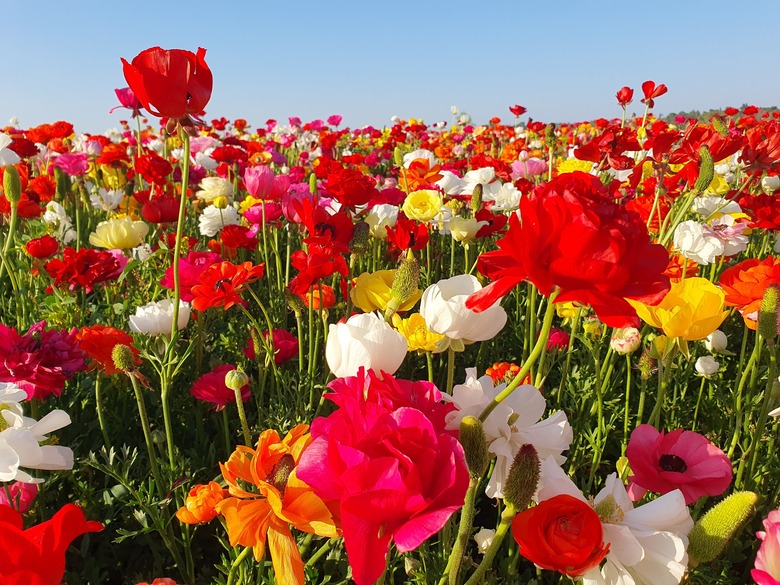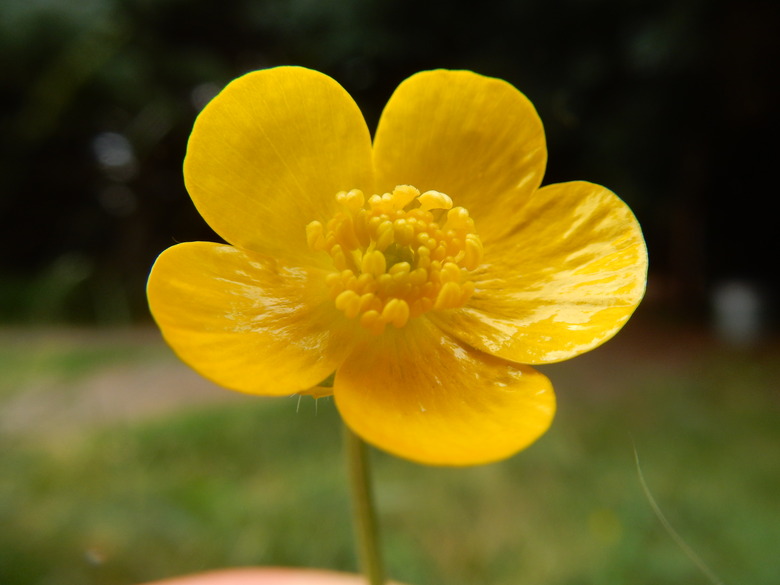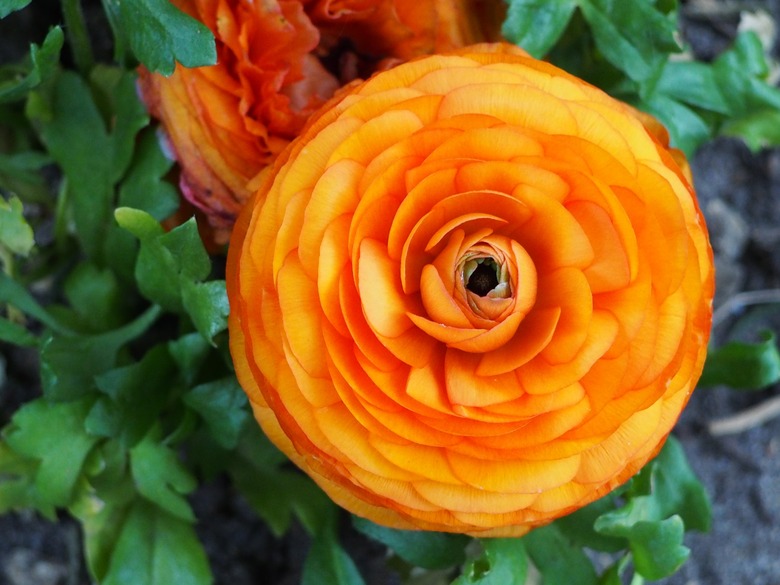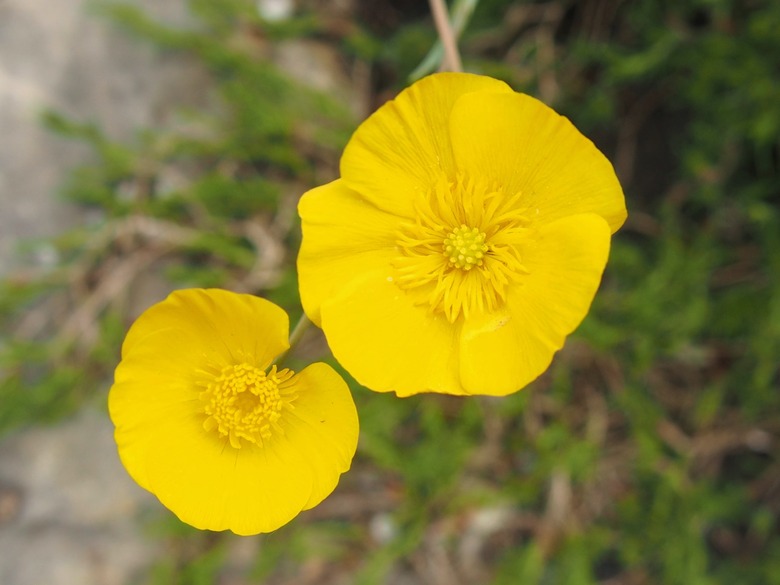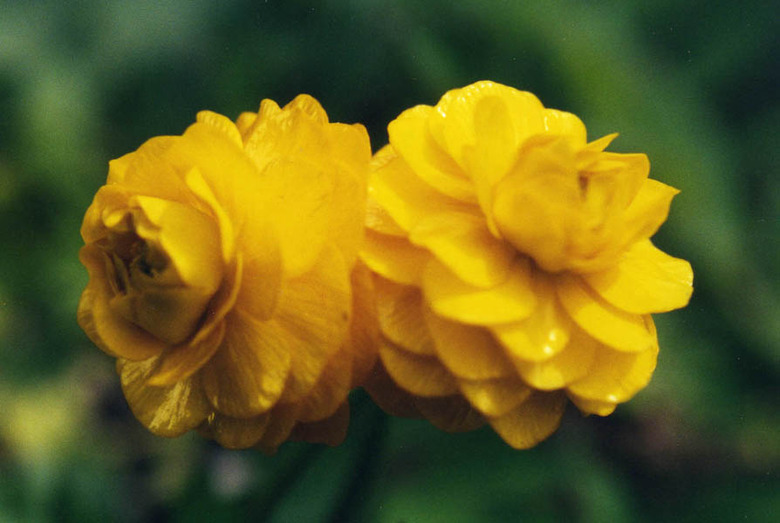What Do Buttercup Flowers Look Like?
There are approximately 400 species of buttercups that vary in size and the appearance of the leaves and blooms. Buttercup flowers are typically yellow, however, hybridization has produced cultivars in a variety of colors.
The common name "buttercup" refers to wildflower species in the genus Ranunculus. These flowering plants grow from fleshy underground stems. Buttercup flowers are highly attractive to pollinators.
Many native and non-native species of buttercups are considered weeds in North America, though some cultivars are prized as garden flowers.
Types of Buttercups
There are approximately 400 species of buttercups. Some buttercups are annuals, while others are biennial or short-lived perennial plants. While many buttercups are yellow, hybridization has produced an array of flower colors. The flowers of these plants typically have many stamens.
Many species of buttercups are toxic if ingested and can cause contact dermatitis.
What does a buttercup look like? It depends on the species and the cultivars. Let's look at the characteristics of some common species of buttercups.
Tip
Many species of buttercups have yellow flowers with numerous stamens.
Creeping Buttercup
As you may deduce from its name, the creeping buttercup (Ranunculus repens) is a low-growing species that spreads through creeping stems and can be used as a groundcover.
Native to Europe and Asia, this species has bright yellow flowers that are about an inch wide. It has become invasive in parts of the U.S., though named cultivars available in commerce tend to be less invasive.
The leaves of this species are shiny and dark green. The leaves are trifoliate, which means that the compound leaves are divided into three leaflets each.
Persian Buttercup
Native to parts of northern Africa, southern Europe and southwestern Asia, the Persian buttercup (Ranunculus asiaticus, zones 8 to 10) has poppy-like flowers that may be pink, purple, red, white or yellow. The leaves are reminiscent of parsley leaves. This species has heights of about 2 feet.
There are also many hybrid cultivars of the Persian buttercup, including some that have double blooms like peonies and come in a range of pastel colors.
Grassy Buttercup
The grassy buttercup (Ranunculus gramineus, zones 6 to 10) gets its name from its grass-like leaves, which may be up to 8 inches long. It is also known as the mountain buttercup. The color of the leaves is grayish to bluish green.
The cup-like yellow flowers are about 3/4 of an inch wide. The flowers may grow individually or in groups of three.
Meadow Buttercup
The meadow buttercup (Ranunculus acris, zones 4 to 8), also known as the tall buttercup, can reach heights of up to 3 feet. It is native to Europe and Asia and has become weedy in the U.S. The flowers typically have five rounded yellow petals, but may have up to eight.
The 'Flore Pleno' cultivar has double yellow flowers.
How to Grow Buttercups
Buttercups grow best in cool spring weather. These plants often decline during the heat of summer.
Different species of buttercups have different cultural needs. For example, the creeping buttercup thrives in moist, shady areas and can even grow in full or partial shade. The Persian buttercup, on the other hand, requires well-draining soil and full sun.
Though they can be overwintered, doing so can be tricky and so buttercups are usually treated as annuals.
References
- Missouri Botanical Garden: Ranunculus Repens
- North Carolina State Extension: Ranunculus
- University of Wisconsin-Madison: Ranunculus gramineus
- Missouri Botanical Garden: Ranunculus asiaticus
- Montana State University Extension: Tall Buttercup: Identification, Biology and Integrated Management
- Washington State University: Perennial Sunflower Scientific name: Helianthus multiflorus 'Flore-pleno'
